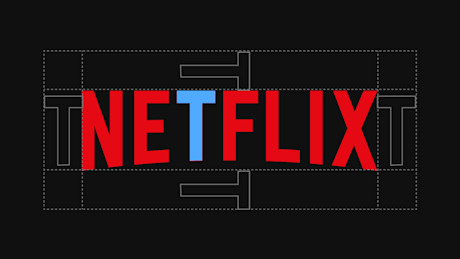It’s Friday night. You tell yourself you will watch one episode before bed. The opening credits roll, you lean back, and by the time the first cliffhanger hits, you are reaching for the remote to press “Next Episode.”
Except you never press it. The next episode starts by itself.
That tiny gap, or lack of it, is one of Netflix’s most powerful behavioral designs. By removing friction, they keep you inside the experience instead of giving you a moment to reconsider. This is called the autoplay effect, and it works because it short-circuits your decision-making process.
The real magic is how they frame the next episode. The preview is not random. It is carefully chosen to show you a moment of high tension, often with a character you are emotionally invested in. This taps into the Zeigarnik Effect, a psychology principle that says people remember and feel compelled to complete unfinished tasks. In other words, your brain wants closure, and Netflix is dangling it right in front of you.
Then comes personalization. The thumbnails you see are not the same as everyone else’s. If you tend to click on faces, you get close-up shots of actors. If you respond to action, you see dynamic, high-energy stills. This is algorithmic targeting combined with creative testing, updated constantly based on your behavior.
Four hours later, you are deep into the season. You have not felt pushed or pressured, but you have been guided every step of the way. And that is Netflix’s brilliance. The best marketing does not feel like marketing at all. It feels like you made the choice, even when the choice was designed for you.

